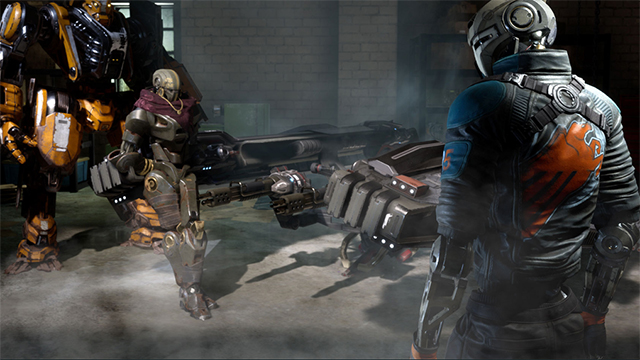While Disintegration doesn’t star any Spartans or Covenant forces, it does have some Halo influence behind it. Marcus Lehto, creative director of the game and president of V1 Interactive, was “the guy who built the Master Chief” and is using that knowledge to help develop a new title. But Disintegration isn’t quite a first-person shooter as it is also using strategic elements…

Atlas is an action-rpg with rogue-like elements where you use your ability to control the ground to fight the enemies and move through procedurally generated worlds.










